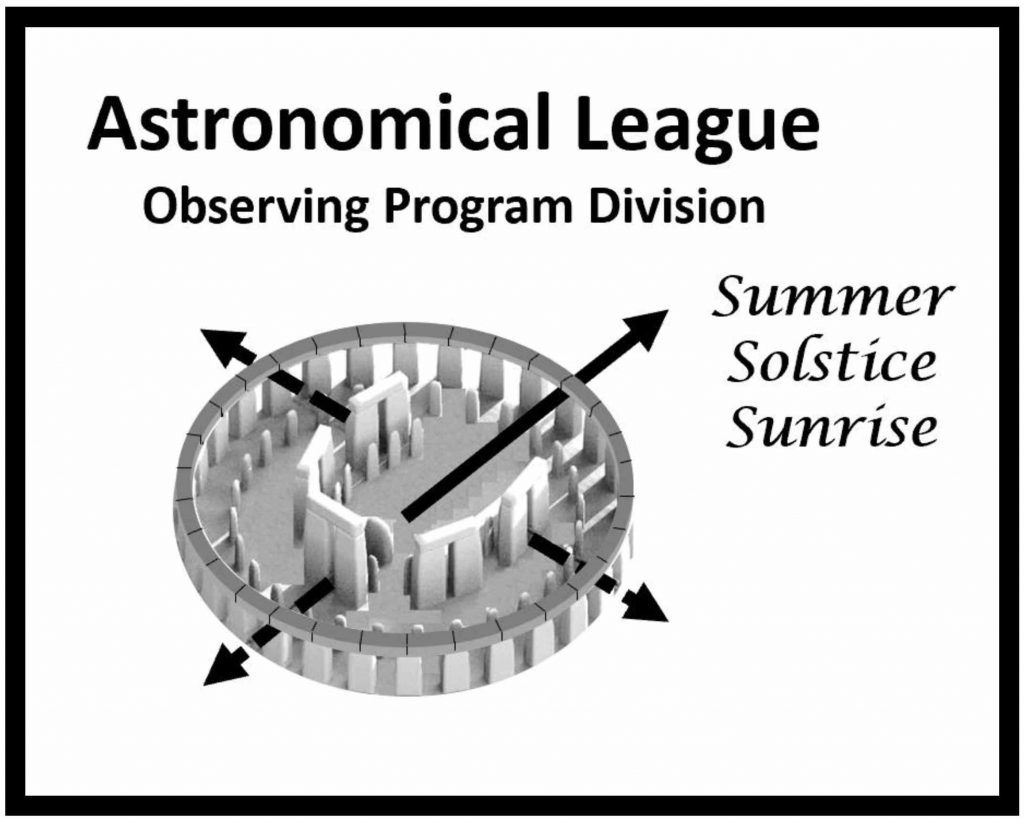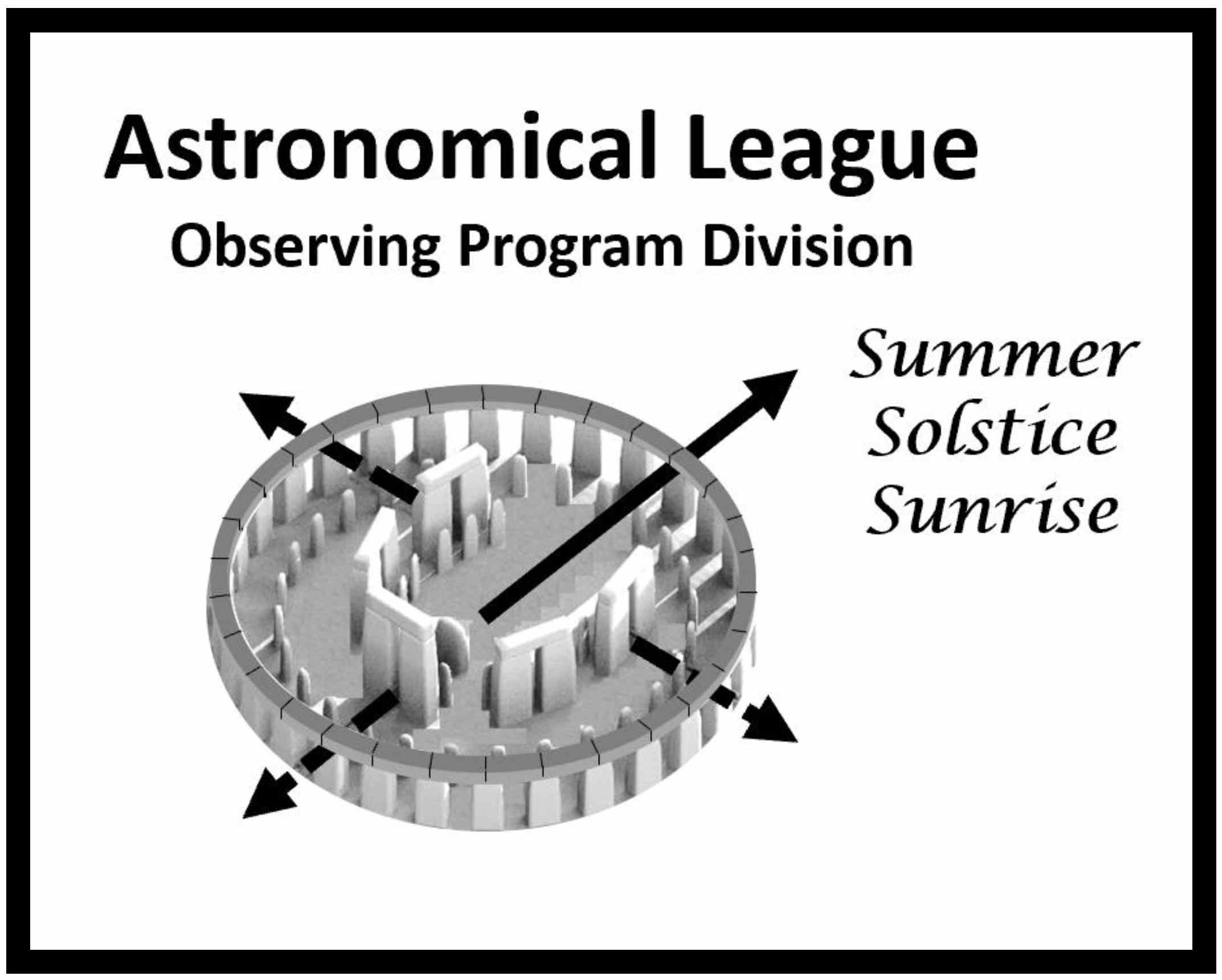Introduction
| What makes a good Description when you are filling in an Observation Log for an Astronomical League Observing Program? These are some suggestions and guidelines to help you.
The reason for the object description requirement is to help the observer to become a more detail-oriented observer; to actually “observe” the object and not just “see” it, and in the end, to become a better observer. You cannot learn to “observe” from a book. It can only be mastered with eyeball to the eyepiece. The intent of requiring object descriptions is to have you pick out details to the best of your ability. These details are what make the object unique. |
  |
The description should describe what makes that object different from all the rest. This is possible in any size optical instrument. You can’t say that M70 looks like M13 even though both are globular clusters. You wouldn’t describe the Great Orion Nebula (M42) the same as the Crab Nebula (M1), even if they both are nebulae and appear as fuzzy clouds in the eyepiece. M31 looks nothing like M65 even though both are spiral galaxies seen at a fairly similar angle.
Things like:
- Is the object round, oval, or irregular shaped?
- If the object is oval shaped, how stretched out, or oval, is it; ie. 2 times longer than wide, 4 times longer than wide, even more? Is it basically just a little streak?
- Does the galaxy or nebula have sharp edges or does it fade gradually away to nothing? If it fades away to nothing, does averted vision seem to increase its size?
- Does the galaxy have a brighter core area, or is it an even brightness across the entire surface? Is the brighter core a large area, or does it come to a stellar point?
- For globular clusters, is the central area large and full, or very pointed and stellar-like?
- For open clusters, are all the stars the same magnitude? Can you guess at the number of stars visible?
- Does the open cluster stand out well against the starry background, or does it blend in making it difficult to determine the edges?
- For nebulae, are there any denser or lighter areas? are there any stars involved in the nebula?
- What else is in the field of view that is interesting? other deep sky objects? a nice double star? any colorful stars? is the field of view densely packed with stars?, did a satellite just pass through?, etc.
- And of course, any other thoughts you have while viewing the object that might make it personal to this observation. After all, this is YOUR observing log.
Yes, it may at times seem like a lot of work, but after a dozen or so observations, it will become second nature to ask yourself these things. The result is that you end up training your eyes to see detail in the objects you observe. And after doing this, each object does indeed become unique in its own way.
For information on estimating Seeing and Transparency click here.
We would like to thank one of our Observing Program Coordinators, Scott Kranz, for developing this instructional aid.



